The Goregaon-Mulund Link Road (GMLR) is expected to significantly improve connectivity between Mumbai’s eastern and western suburbs, impacting the city’s real estate market. The 12.30 km-long project, which includes twin tunnels of 6.65 km under the Sanjay Gandhi National Park, will reduce travel time between Goregaon and Mulund from over an hour to 25 minutes. With a budget allocation of ₹1,958 crore in the Brihanmumbai Municipal Corporation’s (BMC) 2025-26 plan and an expected completion by 2028, the GMLR is set to influence real estate growth across several key locations.
The project is expected to increase real estate activity along its corridor, particularly in Mulund, Malad, Borivali, and Goregaon. The improved connectivity will make these areas more accessible, leading to increased demand for residential and commercial properties. Developers and industry leaders see the GMLR as a crucial factor in shaping Mumbai’s urban development in the coming years.
Mulund is expected to benefit significantly, with the improved connectivity making it a more attractive residential option. Homebuyers looking for better access to the western suburbs are likely to consider properties in this area. The reduction in travel time will particularly appeal to professionals working in Goregaon, Malad, and Andheri. Developers anticipate higher demand for premium residential projects in Mulund as it becomes a well-connected urban center.
Industry experts highlight the strategic advantages of the GMLR, emphasizing its role in enhancing Mulund’s appeal by improving connectivity to the western suburbs. The project is expected to increase demand for high-end housing as better commute options attract homebuyers.
The GMLR reflects the government's focus on improving infrastructure and reducing congestion in the western suburbs. It is expected to ease traffic on the Western Express Highway while promoting real estate growth in the eastern suburbs. Property prices in Mulund are likely to rise as demand increases, narrowing the price gap between the eastern and western suburbs.
On the western side, areas from Malad to Borivali are also expected to benefit. Improved east-west connectivity will reduce travel time and make these locations more accessible, reinforcing their position as key residential and commercial hubs.
The project is expected to improve traffic conditions and provide seamless travel for residents commuting to the eastern suburbs, leading to increased demand for housing, particularly in the mid-segment and premium categories. Goregaon and Malad, already established as residential and commercial zones, are expected to see further growth. Improved connectivity will likely drive property appreciation and encourage new developments in these areas.
A report by Knight Frank India in January 2025 stated that Mumbai’s western and central suburbs accounted for 86% of total property registrations. The report attributed this growth to increased supply and higher demand from end-users. The GMLR is likely to further boost these trends, as connectivity improvements make real estate in these areas more attractive.
The project’s impact extends beyond residential developments. Improved access to business hubs and better road connectivity is expected to attract commercial and retail investments. The integration of the GMLR with major highways, including the Pune-Mumbai Expressway and the upcoming Navi Mumbai airport, is expected to create new business opportunities.
Additionally, the project is expected to ease vehicular congestion, improving overall quality of life and supporting sustainable urban mobility. Better traffic management and reduced travel times will contribute to a more efficient transportation network in Mumbai.
The GMLR will influence Mumbai’s real estate sector by improving accessibility and connectivity. The project is expected to drive residential and commercial growth, making key areas more viable for homebuyers, investors, and businesses. Developers are preparing for increased demand and see the project as an important step in addressing Mumbai’s urban expansion needs.

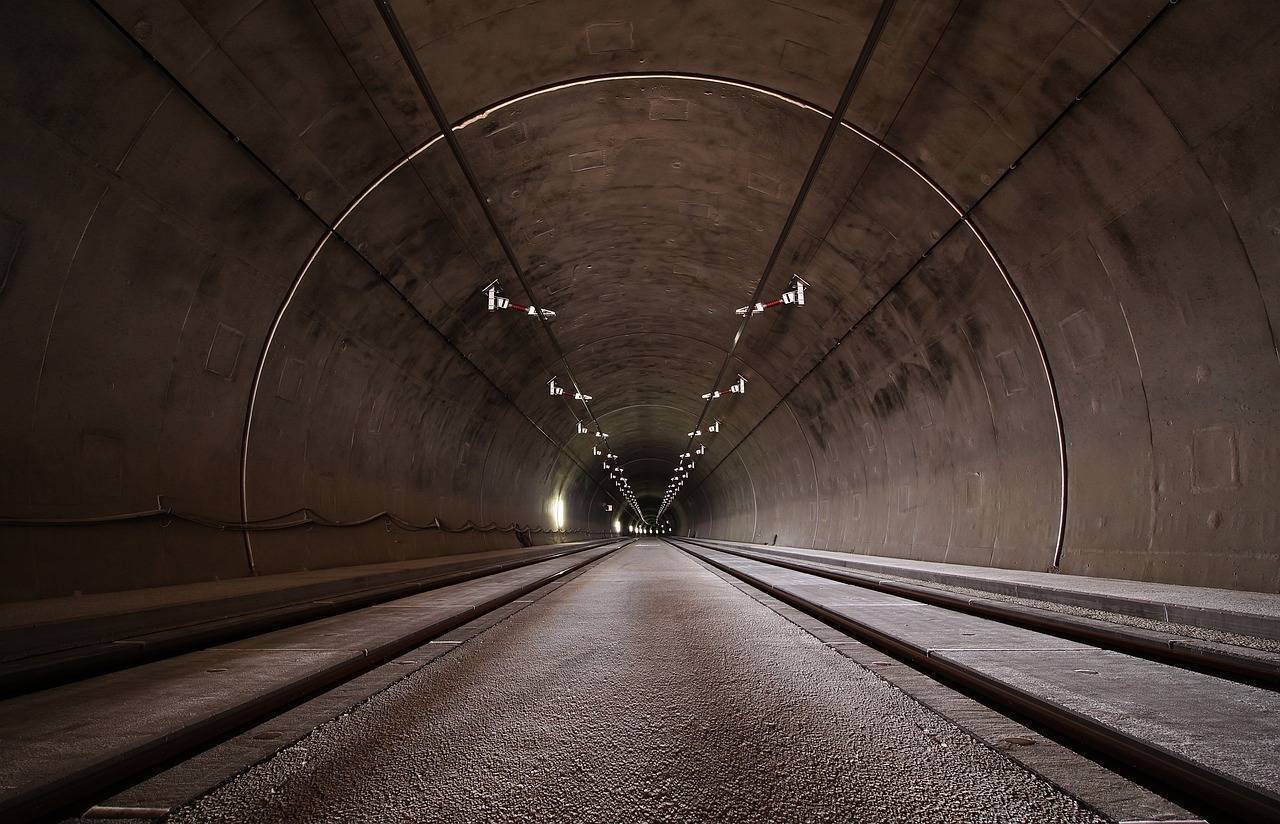
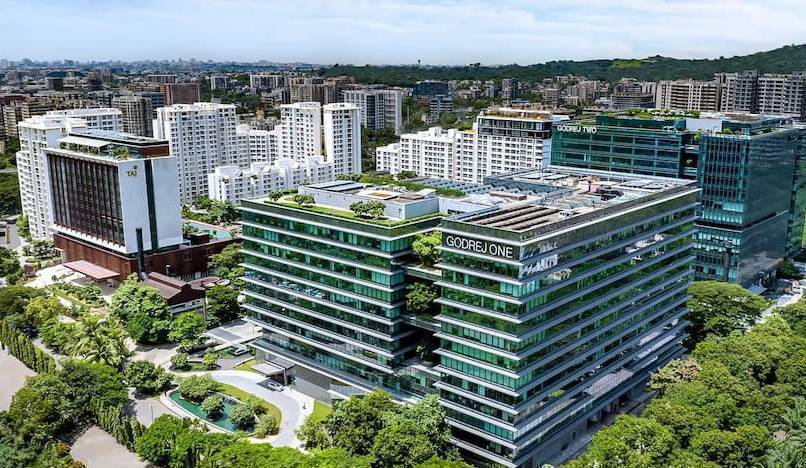
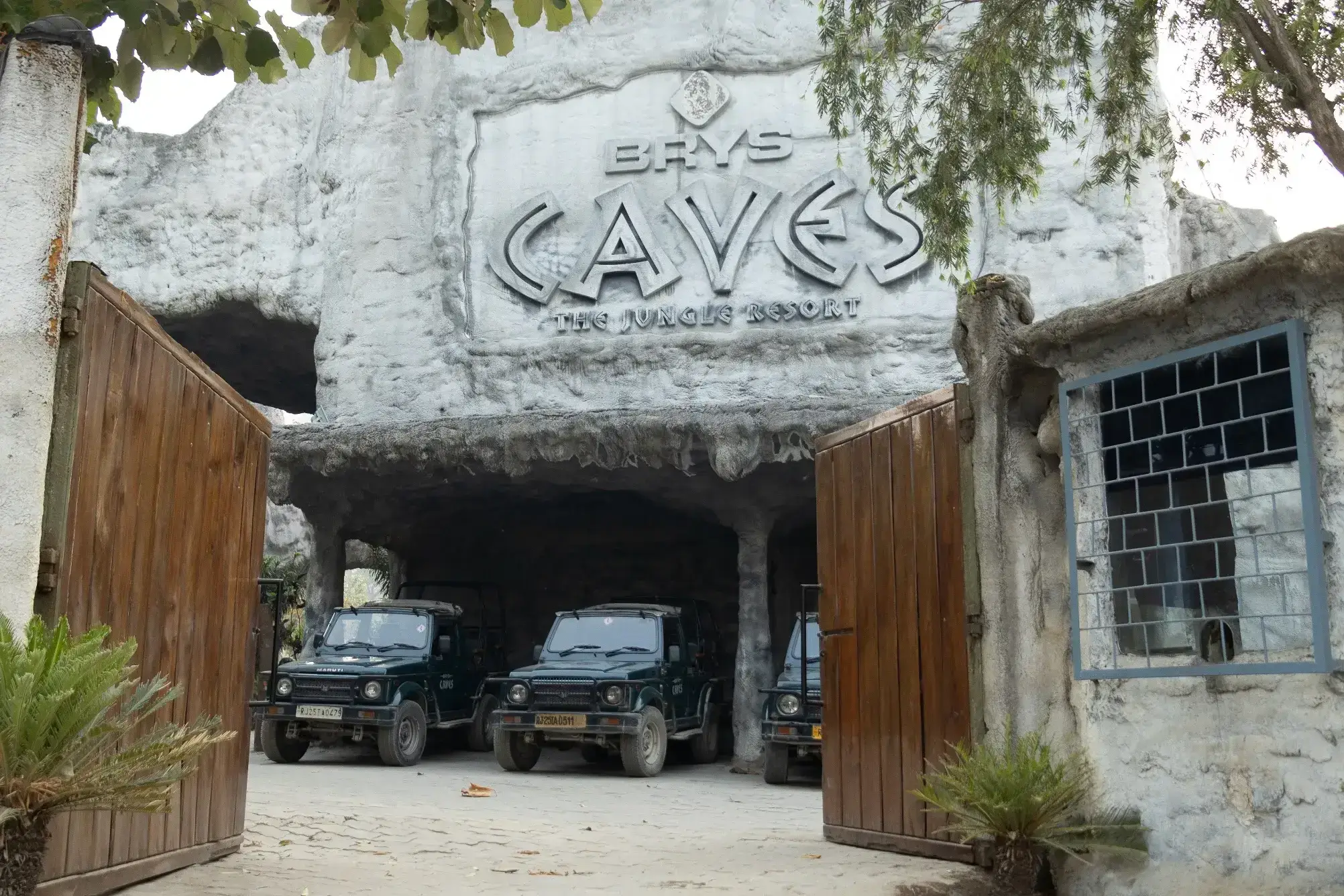
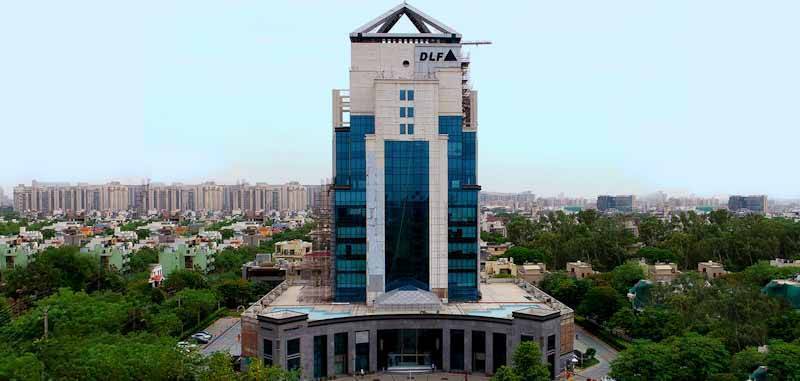
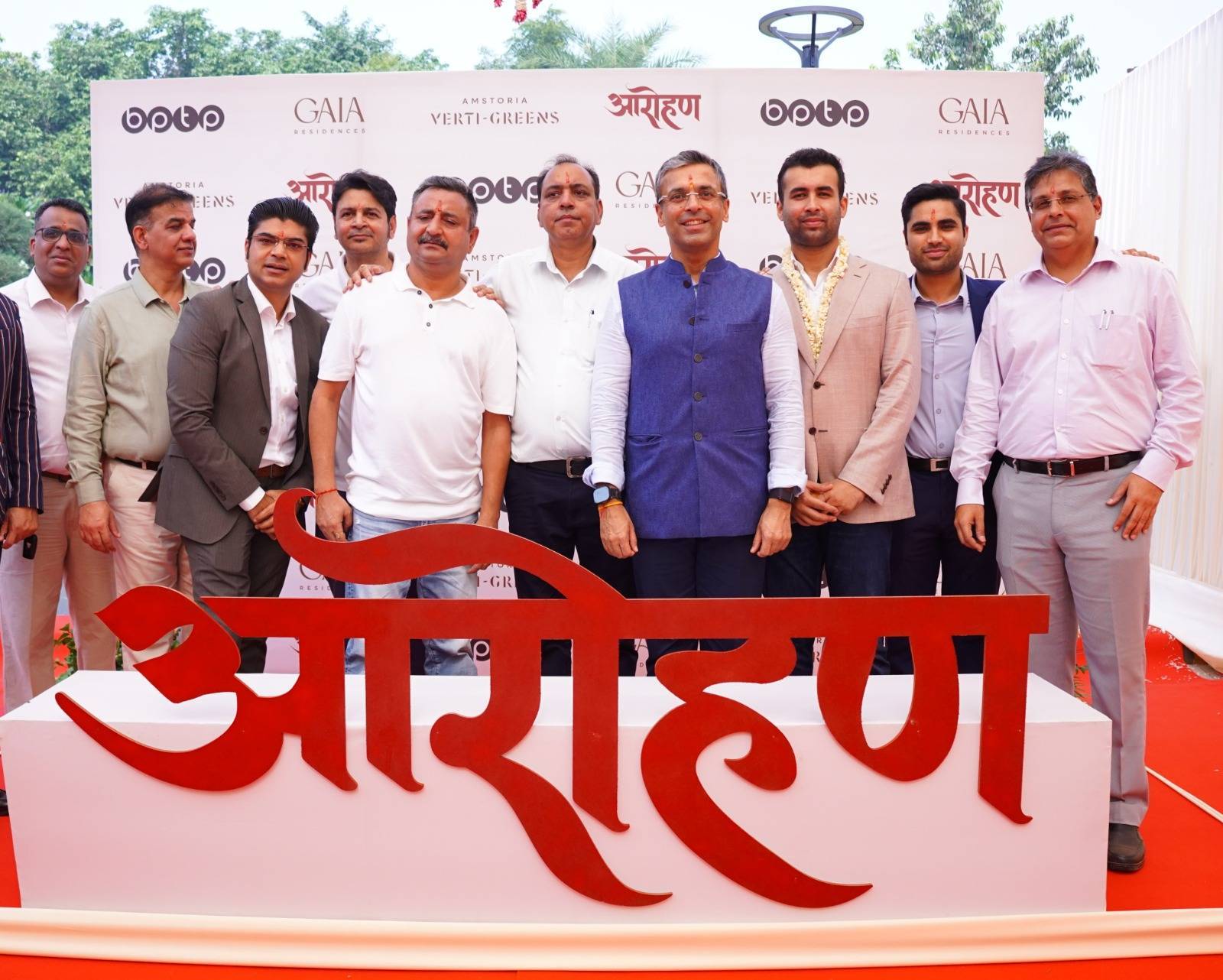


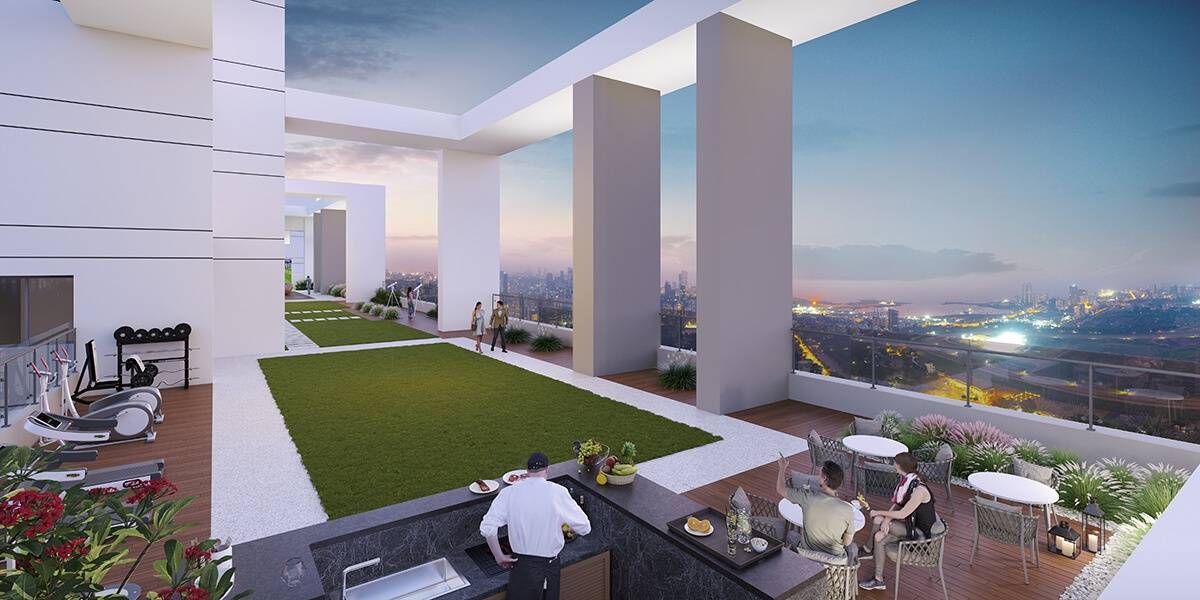
.png)